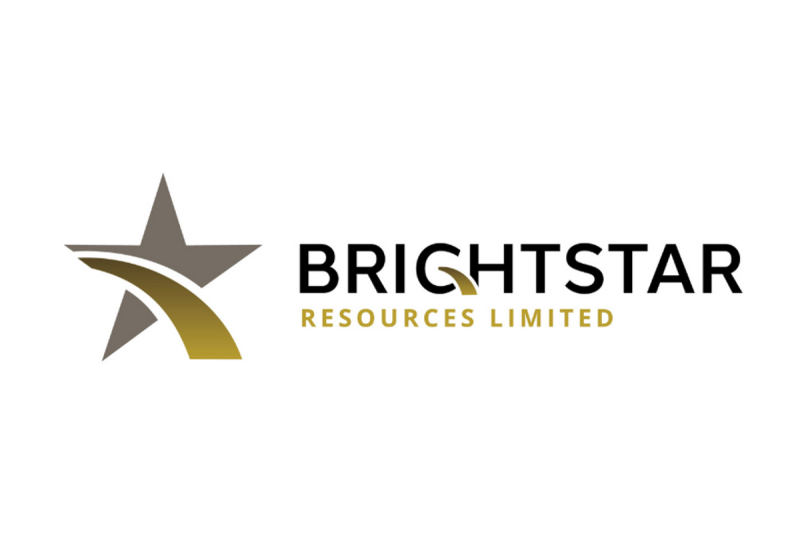To successfully build a progressive West Australian Gold Producer, numerous factors need to be thoughtfully considered. The entire process includes spot-on-site selection, exploratory reports, mining, extraction, and processing of gold along with monitoring the environmental and socio-economic impact. To successfully achieve this, it is important for investors to build a strong relationship with the local community, governmental bodies, and maintain high environmental standards.
Investments in gold mining can be a lucrative venture, especially in Western Australia, which has a rich history in gold production dating back to the late 19th century. The state holds over 120 gold mines, making it a promising frontier for companies and individuals interested in this golden endeavor.
The first step in building a growing Gold Producer in Western Australia involves meticulous exploration and resource estimation. This requires conducting geoscientific investigations, gathering data on potential sites, and estimating the gold reserves that they may contain. To do this, organisations can utilise advanced technology tools like remote sensing, geographical information systems, and 3D seismic imaging.
Once a potential site is identified, it’s essential to undergo the approval process. Dealing with the Western Australian government entails abiding by the standards set by the Department of Mines, Industry Regulation and Safety (DMIRS). After obtaining necessary permits, the actual mining process can commence.
The mining process involves either open-pit or underground mining methods, depending on the depth and location of the gold deposit. Open-pit mining is used when the ore body is near the surface, while underground mining is preferred if the deposit is deeper underground. Both methods require intricate planning and careful execution to maintain safety standards.
Following the mining, the extracted gold ore needs to be processed to produce pure gold. Processing includes crushing and grinding the ore, and then using technologies like carbon in pulp, heap leach, or gravity separation to recover gold.
Creating a sustainable gold mining operation in Western Australia also means taking proactive measures to reduce environmental impact. This involves proper waste management, water recycling, reduction in emissions, and thorough mine rehabilitation post the mining operations.
The social dimension of gold mining cannot be overlooked either. Engaging the local community and indigenous peoples in decision-making processes, providing employment opportunities, investing in local infrastructure and services, and clearing doubts related to environmental issues are essential for the longevity of the project.
Last but not least, operational excellence and continuous exploration are the hallmarks of a growing gold producer. Companies need to constantly monitor productivity, control costs, and innovate mining strategies. There’s a need to keep discovering new geological reserves to maintain the flow of production.
In summary, building a growing West Australian Gold Producer involves a complex interplay between exploration, mining, processing, environmental stewardship, and community engagement. It underlines the significance of capital investment, advanced technology, governmental support, and sustainable mining practices. Striking this balance is the key to developing a successful and rapidly growing gold production enterprise in Western Australia.




